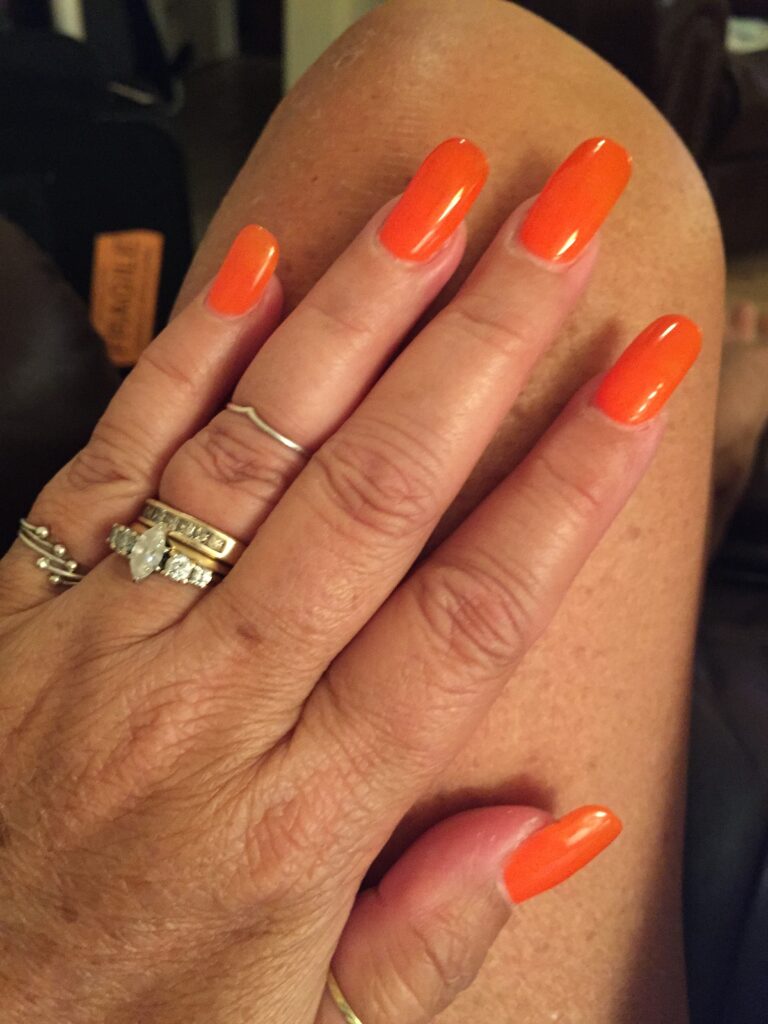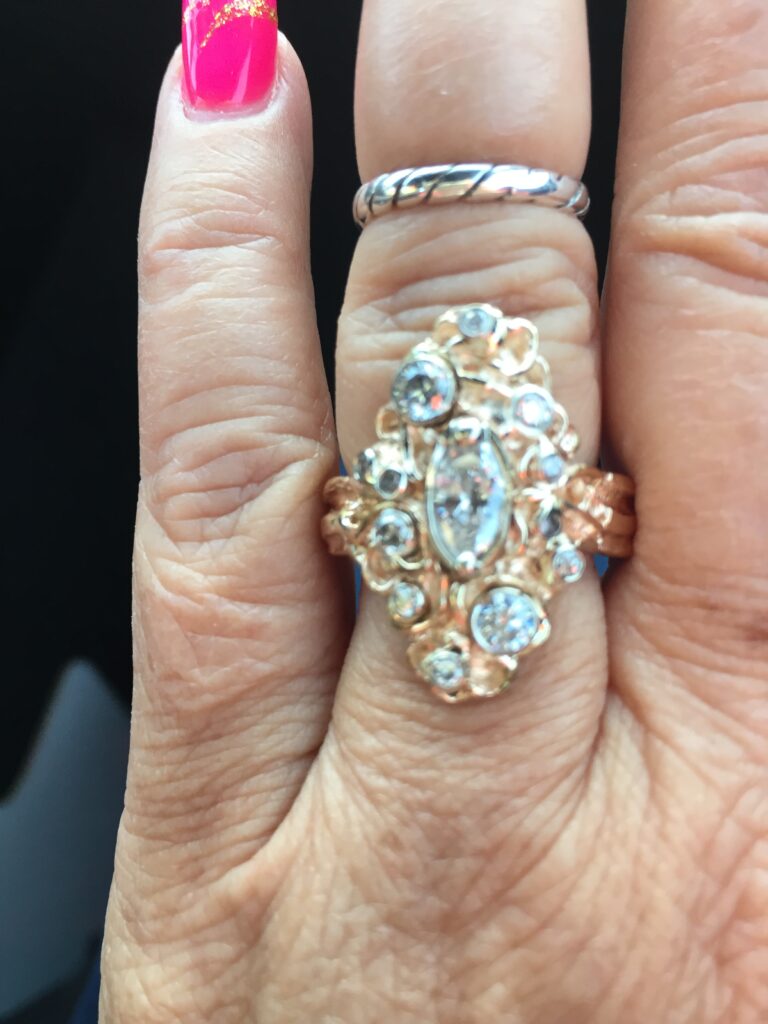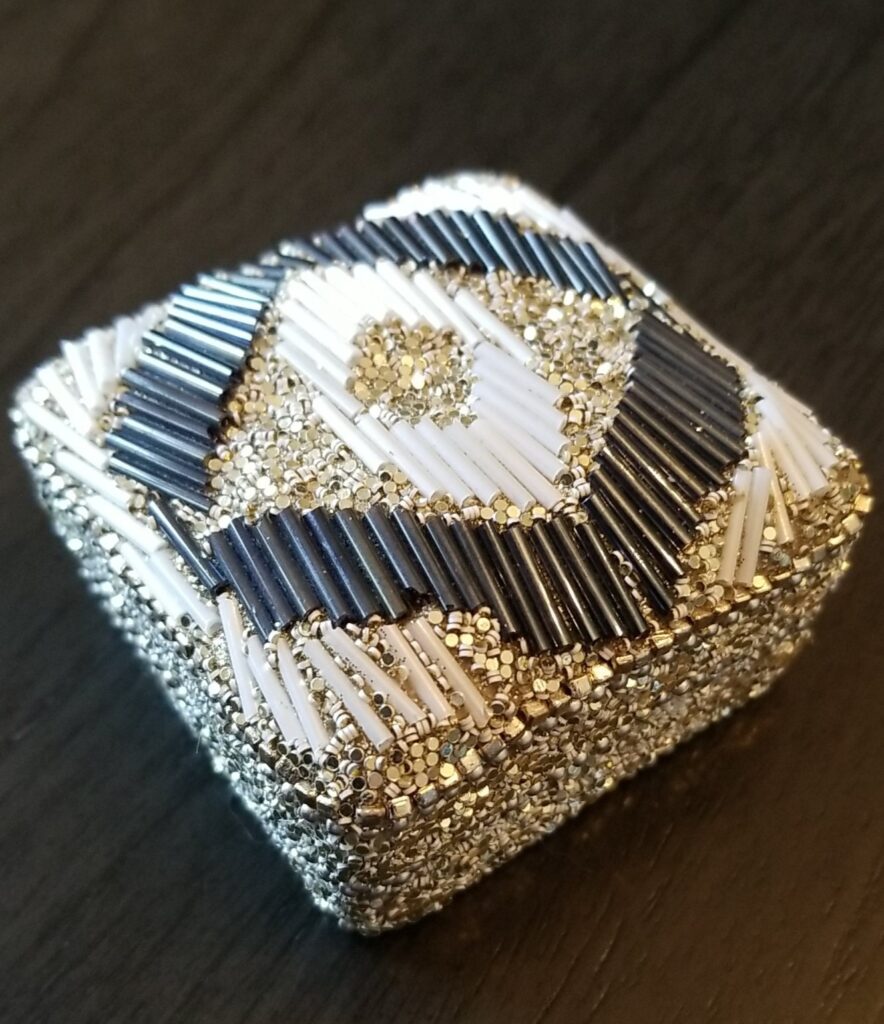This stuffed lion is about 6 inches from head to bottom and about 7 inch from foot to foot. It is made primarily out of cotton with the head and upper body being both made and filled with cotton, although the bottom seems to be filled with some type of weighted beads. the stitching and coloration seems very uniform and there is a place on one of the seems where is appears a tag may have been. The lion is tan in color with a white patch on the mouth and brown wool used for the mane and tail. While the mouth and nose are purely thread the eyes are gloss and seem to be some kind of bead and feel as though they have a rod sticking into the head to attach them.
I received this lion from my dad when I was about 6 or 7 years old. He sent it to me while on deployment in Afghanistan in the mid 2000’s. My dad served with the Navy Intel group in the Middle East and moved around a lot before getting stationed in Afghanistan. We weren’t always allowed to talk to him do to the classification of some of his work, but he would call occasionally and send us letters and little things from over there. He sent the whole family all kinds of jewelry boxes and carvings, but the most important thing he ever sent me was this little lion. I’ve always liked lions and thought they were amazing animals, because of that this lion was something I attached to immediately. It also reminded me of my dad during the time he was deployed and after his return in 2008, it remained an item that I was attached to and kept put up in my room. When I moved away to Auburn, I brought this lion with me and set it in my room on a shelf. Although I don’t physically interact with it, when I see it I think of my family. I’ve moved again since being in Auburn and today he sits just under my tv where I always see him before I leave for school or work.
In studying my life, a historian could see a multitude of interpretations for the stuffed lion. The truth is that when I was young I liked lions and this is likely one of the easiest inferences to make. I also own a bible with a lion stamped into the front front cover, further reinforcing that first claim, but also tying it to my religion. Another interpretation might play into my early August birthday and my lion zodiac sign. With no tag or clear origin it may get lumped in with the beanie babies trend of collecting stuffed animals. I feel like the story behind the object is much more than anyone could find from just looking at it, this lion means a lot to me because of the symbolism I’ve placed upon it. I actually bought my bible to remind me of the lion, because I leave it at home and my bible stays with me most of the time. I think my enjoyment of the object is simple and that may make it a bit harder for a historian to identify without knowing the story of my dad. That being said I think if they were to put it into an exhibit, that exhibit would likely be based around the Iraq War or soldiers writing home. I think I will likely make the lion into a family heirloom passing it down through my family along with the story of where it came from.


